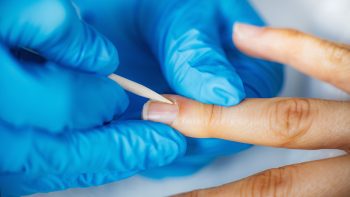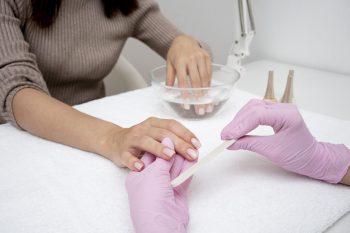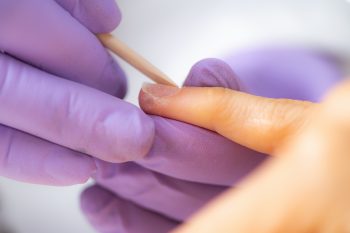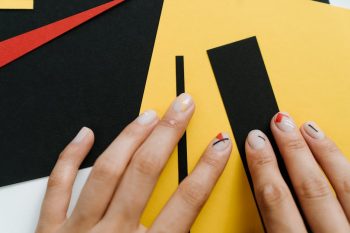Opinião é Bom Vale a Pena? Análise Completa do Blog de Unhas Opinião é Bom Vale a Pena? Análise Completa do Blog de Unhas Decoradas Encontrar informações confiáveis sobre produtos para unhas decoradas pode ser um desafio no vasto mundo digital. O blog Opinião é Bom Vale a Pena surgiu como uma fonte dedicada a […]
Continue lendo Você sabia que uma boa cutilagem pode ser a diferença entre um serviço mediano e uma experiência excepcional para suas clientes? O curso de cut...
Continue lendo Você já se perguntou qual é o segredo por trás das unhas perfeitamente cuidadas que você vê nas redes sociais? A verdade é que muitas mulher...
Continue lendo Você sabia que a cutilagem é uma técnica essencial para manter as unhas saudáveis e bonitas? Infelizmente, muitas pessoas ainda têm dúvidas s...
Continue lendo Você sabia que um curso de cutilagem para manicures com Faby Cardoso pode transformar a sua carreira? Cada vez mais profissionais da beleza buscam...
Continue lendo Você já se sentiu inseguro ao realizar uma cutilagem? A habilidade de proporcionar unhas bem cuidadas vai além da estética; é uma forma de emp...
Continue lendo Você sabia que a cutilagem é uma das técnicas mais procuradas por quem deseja manter as unhas saudáveis e bem cuidadas? Se você já se pergunt...
Continue lendo Você já se perguntou como algumas pessoas conseguem ter unhas impecáveis, enquanto outras enfrentam dificuldades constantes? A verdade é que a ...
Continue lendo Você sabia que a cutilagem adequada pode transformar a experiência de seus clientes e elevar o padrão do seu trabalho como manicure? O "curso de...
Continue lendo Você já se perguntou por que muitas pessoas têm investido em cursos de cutilagem russa? Essa técnica, que promete unhas impecáveis e bem cuida...
Continue lendo 








